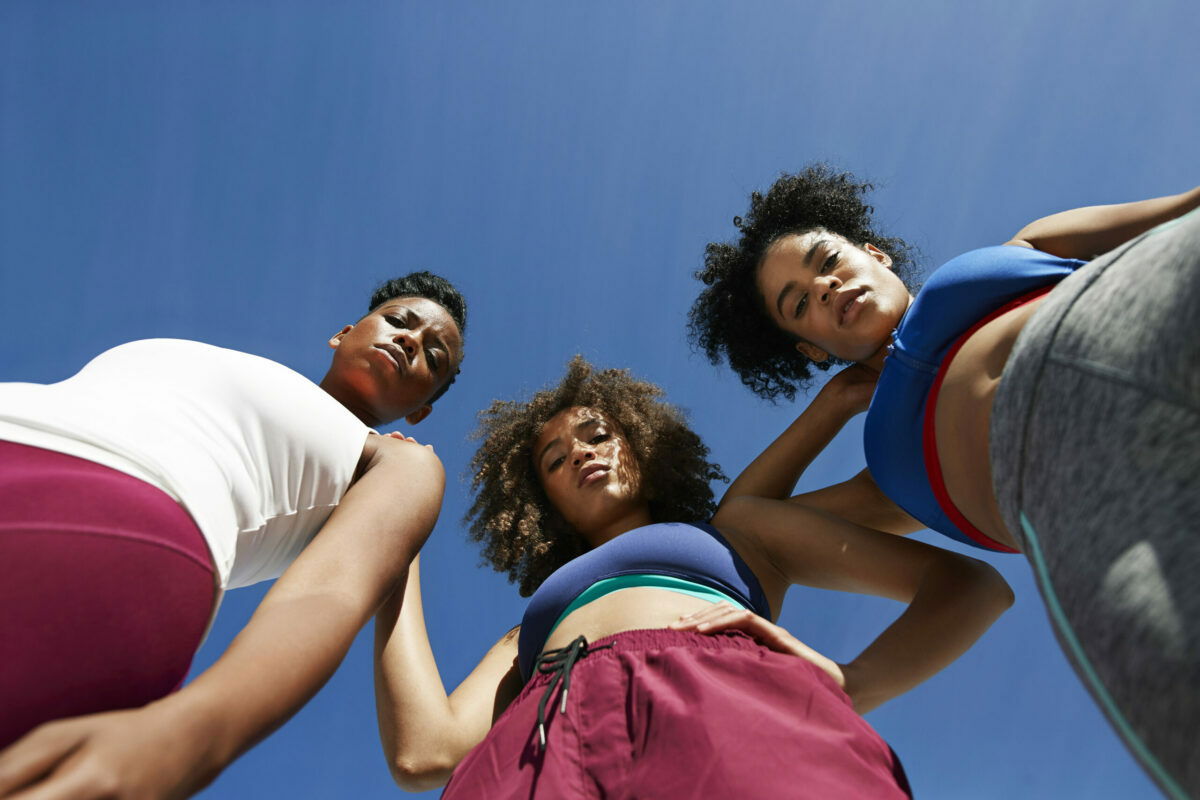
November 14, 2025
Leaders warn that roster caps and limited budgets could erode decades of progress in women’s sports—even as schools opt in to stay competitive.
Morgan State Athletic Director Dena Freeman-Patton says the school faced an agonizing decision this year as it weighed whether to join the new structure created by the House antitrust settlement. This unprecedented system will allow schools to compensate athletes directly.
Choosing to opt in helps programs remain competitive in recruiting, she said, but also forces already strained athletic departments to find new sources of funding.
And for HBCUs like Morgan State, concerns run even deeper as roster caps and budget pressures threaten opportunities in women’s sports, which often rely on institutional support rather than revenue.
“When you make that decision, then your question is, ‘OK, where’s the money coming from?’” Freeman-Patton said. “One of the things we were adamant (about) is that we’re not going to cut from what we are already offering to our student athletes. Especially,” she added, “our women’s programs.”
As reported by the Associated Press, more than 300 schools ultimately signed onto the $2.8 billion settlement when it took effect in July. Morgan State pledged equal revenue-sharing pools for men’s and women’s teams. But its athletic revenue—about $21.7 million last fiscal year—doesn’t come close to the massive budgets of power-conference institutions. Female athletes across the country say the system overwhelmingly benefits football and men’s basketball, raising alarms about gender equity in a model with no explicit parity requirements.
“I don’t even see how the spirit of Title IX is kept in place, let alone Title IX at all,” said five-time Olympic medalist Elana Meyers Taylor. “You’re talking about maybe the top SEC schools that can actually afford this. What are the other schools going to do?”
Some schools have already begun cutting sports. Prairie View A&M eliminated its men’s and women’s tennis teams, citing “the evolving landscape of collegiate athletics.” Stephen F. Austin attempted to shut down beach volleyball, bowling, and golf before a Title IX lawsuit brought by six women temporarily halted the cuts.
The uncertainty is rattling athletes as well.
“The lack of information is scarier than the settlement itself,” said Campbell University distance runner Emily Pierce. “We just want to make sure opportunities aren’t taken away, especially in women’s sports, where it’s taken such a long time to get to where we are now.”
HBCUs, which operate on far smaller budgets than power-conference giants, have joined the settlement largely out of fear of falling behind. “We’ve always felt we’ve had the short end of the stick,” said Dillard Athletic Director Linda Bell. “We’ve always been able to adjust and adapt.”
Some schools are turning to new revenue sources—concerts, community events, and “guarantee games”—to fund athlete compensation.
Still, athletes like Sydney Moore say the broader issue of inequality persists: “There is a feeling on campuses that there are perks to being a football player, basketball player or a high-attention, high-prioritized sport… ‘Why can a football player go in and get a haircut at any time of the day, and we don’t have applesauce in the snack room?”
RELATED CONTENT: Fed Student Loan Forgiveness Tracking Paused Amid System Turmoil, Layoffs

